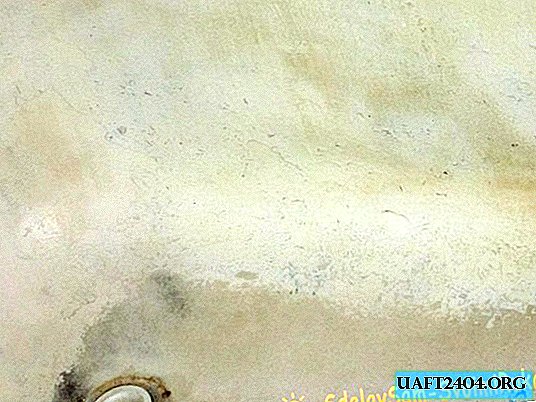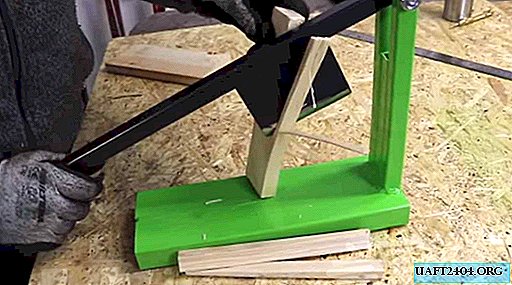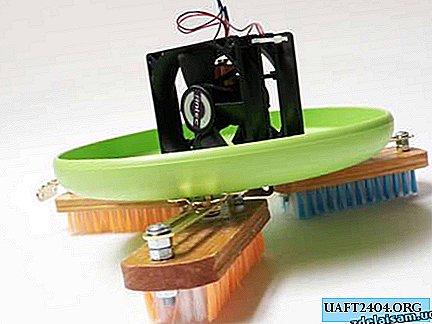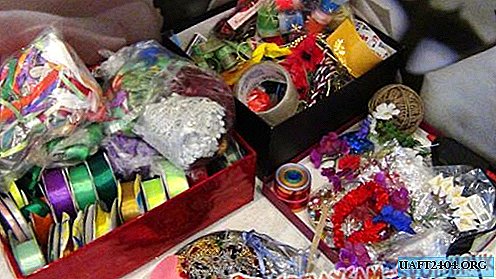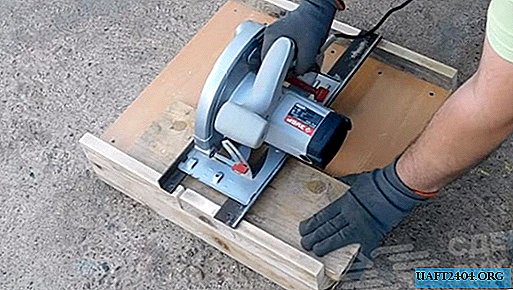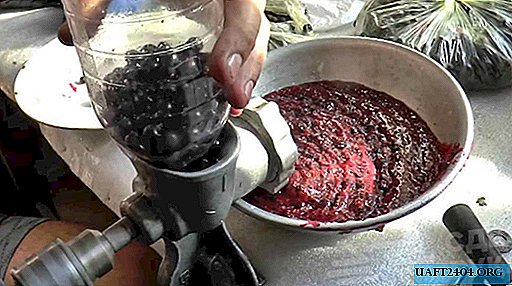Share
Pin
Tweet
Send
Share
Send
What will be needed for repair
Based on the fact that, as a rule, the majority of citizens do not have a special tool, we will use the most affordable.
- The open-end wrench is 17 and the adjustable wrench is better - 2 adjustable.
- Steel "beard", or a flat screwdriver.
- Platypus pliers.
- Tweezers.
- Grease Litol-24.
- A piece of fabric on which the "action" will take place.
- Cleaning rags.
- Hammer.
And so, here it is the wheel.
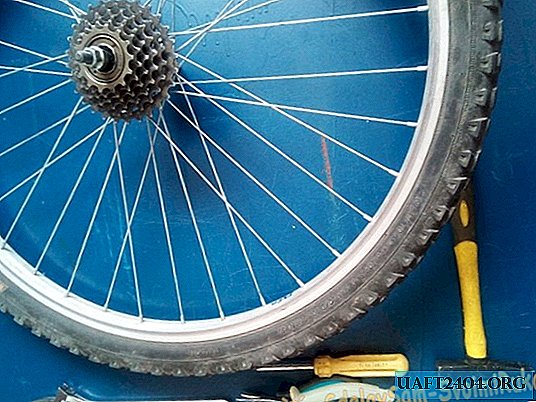
Getting started wheel maintenance
Since the autumn, washed and wiped. We unscrew from the axis, the nuts of the wheel to the frame.

On both sides, with an adjustable wrench, or open-end wrench at 15. Holding the axis on the opposite side with the other key from turning.

Now, when the nuts are removed, just holding the axle with a second key for the tightened lock nut, we turn off the nut that locks the threaded inner race of the wheel hub bearing.


Remove the spacer from the axis.

And now, we turn off the outer cage of the external bearing of the carriage.
ATTENTION! It is necessary to turn off clockwise, as the thread here is left.

Again, due to the lack of a special tool for bicycle repair, we use either the "beard" or the corner of a flat screwdriver, tapping it with a hammer. Usually, if it is not rusted, the clip turns away without much effort. And here before us are not burdened with copious grease, or rather, completely dry, balls of an external bearing. To avoid rolling the balls when removing the block of stars, under the wheel, most correctly, lay a piece of fabric. (If disassembled on a smooth surface)

In order not to lose them when removing, it is best to use a magnet. In two or three steps, all balls will be removed.

In a separate container.

Why separately? Because, they will be exactly the same - from the internal bearing. And so that there are no problems with their sorting and counting, it is better to immediately divide. Next, gently pulling up the block of sprockets, remove it from the hub, hearing naturally, a slightly audible knock of dropping out balls of the inner bearing. Also - dry, to indecent.

Again with a magnet, collect them in a container.


And here she is - a rattle.

Thoroughly wipe it and the sprocket block, from the remnants of old grease and dirt.


Looking inside the wheel hub, on the ratchet side, we find there the inner race of the hub bearing. As expected, she is all in the mud. Using a rag and a thin flat screwdriver or a wooden stick, remove all dirt.

Then, holding the cage with the "platypus", we turn the axis out of it, in the opposite direction, thus freeing the hub bearing balls on the other side. If there is no grease there, they will also fall out freely.

Clear business - we carefully wipe everything with a rag. One unpleasant detail - due to the lack of a special key to unscrew the ratchet case, it is not possible to get to the hub bearing balls from this side. To, nevertheless, to deliver grease to the bearing, it was necessary to heat the “Litol” to a fluid state and fill it from the opposite side into the gap between the axis and the sleeve housing until the grease flows out from under the disassembled bearing. After that, apply grease to the outer race of the hub bearing.

And put the balls in place.

Then, holding, again, the "platypus" clip on the opposite side, we wrap the axis almost to the stop.

ATTENTION! Puff until done. We put in place the spacer sleeve.

Screw the locknut. NOT TIGHTENING !!! Until…

And go to the assembly of the block of stars. We apply grease to the inner bearing race and put balls into it until it is full.



It will seem that one or a pair of balls is not enough. This is normal, as the bearing is "bulk", without separation. We do the same on the other hand.

When all the balls are in place, carefully, with a slight rotation counterclockwise, we put the block of stars on the ratchet. It is necessary to crank, for easier entry of the ratchet into the teeth.
Here you go. The block is almost assembled.

It remains to put the adjusting washers in place.


And tighten counterclockwise the clip.

Again, with a screwdriver, not with strong hammer blows - all the way. Further set, tighten it will not give the adjusting washers. But you shouldn’t make excessive efforts. Now that everything is assembled, you need to start adjusting the working clearances of the hub bearings. To do this, unscrew the lock nut, almost to the very end of the thread, hold the inner ring with the "platypus", and rotate the axis until the balls are lightly touched by the ring. After that, we wrap a lock nut to the distance sleeve and fix the sleeve with "duckbill", tighten the nut. We turn the wheel a few turns so that the balls fall into place, and holding the nut with the key, from the side opposite to the stars, tighten the lock nut with sufficient force. Turn the wheel again. It should rotate freely on the axis, without trying to crank it.
If you feel slight twitching of the axis during rotation, it means that the bearings are clamped and you need to repeat the adjustment by loosening the lock nut and slightly loosening the inner race of the wheel bearing, then tighten the lock nut again. Two or three unsuccessful attempts and everything will work out. Wheel assembled. It spins freely, without biting and play.

Good luck.
Share
Pin
Tweet
Send
Share
Send

